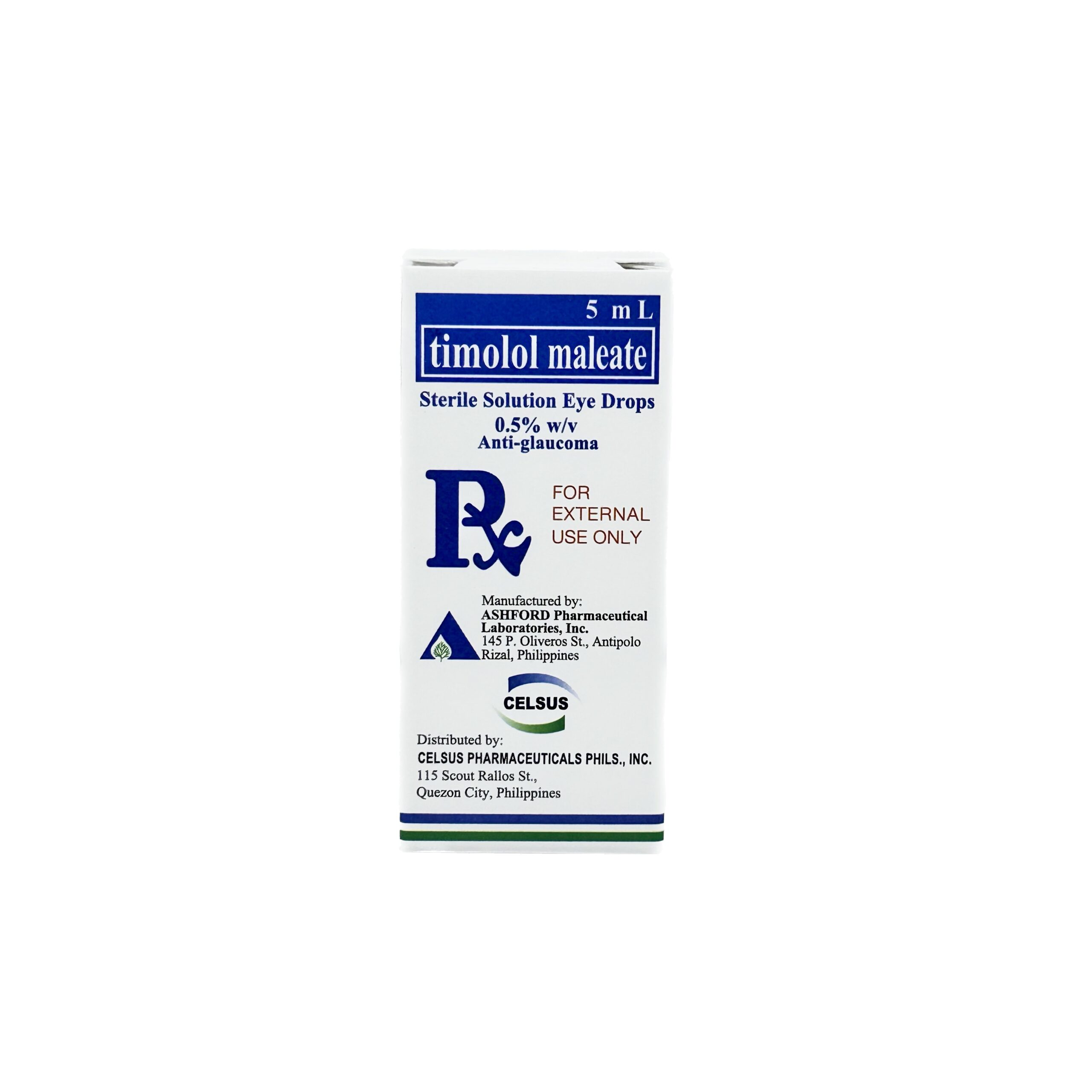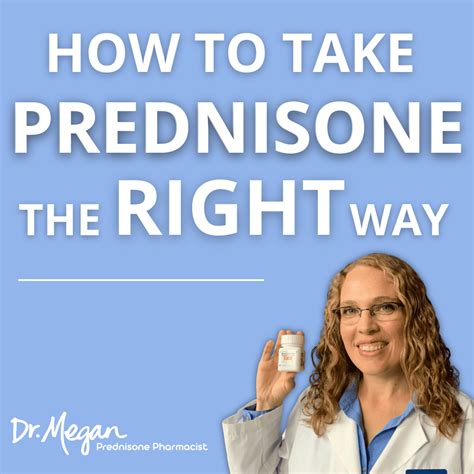Timolol eye drops are a type of medication used to treat high pressure in the eye, also known as ocular hypertension, and open-angle glaucoma. These conditions can lead to damage to the optic nerve, which can result in vision loss if left untreated. The medication belongs to a class of drugs called beta-blockers, which work by reducing the production of fluid in the eye, thereby lowering the pressure.
How Timolol Eye Drops Work
Timolol eye drops are administered directly into the eye, where they reduce the amount of aqueous humor, the clear fluid that nourishes the eye. By decreasing the production of this fluid, the pressure inside the eye decreases, reducing the risk of damage to the optic nerve. The exact mechanism of how timolol achieves this reduction in fluid production is complex and involves the blocking of beta receptors in the eye, which in turn reduces the amount of aqueous humor produced.
Uses of Timolol Eye Drops
The primary use of timolol eye drops is in the management of open-angle glaucoma and ocular hypertension. Open-angle glaucoma is a condition where the drainage channels in the eye become clogged over time, causing pressure to build up. Ocular hypertension, on the other hand, refers to high pressure in the eye without any signs of glaucoma. Both conditions require vigilant management to prevent long-term vision loss.
Benefits of Timolol Eye Drops
One of the main benefits of timolol eye drops is their effectiveness in lowering intraocular pressure (IOP). By reducing IOP, timolol helps to prevent the progression of glaucoma and potentially saves vision. Timolol eye drops are also relatively easy to use, making them a convenient treatment option for many patients. Moreover, they can be used in conjunction with other eye drops if necessary, allowing for a tailored approach to managing eye pressure.
Side Effects and Risks
Like any medication, timolol eye drops can cause side effects, some of which may be more serious than others. Common side effects include burning or stinging sensations in the eye, blurred vision, and tearing. Less common but more serious side effects can include changes in heart rate, low blood pressure, and breathing difficulties. Patients with certain medical conditions, such as asthma or heart failure, should use timolol eye drops with caution and under close medical supervision.
Precautions and Warnings
Before starting treatment with timolol eye drops, patients should inform their doctor about any medical conditions they have, especially those related to the heart and lungs. It’s also crucial to discuss any medications being taken, as timolol can interact with certain drugs. Pregnant or breastfeeding women should use timolol eye drops only if the benefits outweigh the risks, as determined by their healthcare provider.
Administration and Dosage
The typical dosage of timolol eye drops is one drop in the affected eye(s) twice daily. However, the exact dosage and administration schedule may vary depending on the patient’s condition and response to the medication. It’s essential to follow the instructions provided by the healthcare provider or the packaging instructions carefully to ensure the medication is used effectively and safely.
Interactions with Other Medications
Timolol eye drops can interact with other medications, including oral beta-blockers, calcium channel blockers, and certain antidepressants. These interactions can lead to increased side effects or reduced efficacy of one or both medications. Therefore, it’s vital to keep a list of all medications being taken and to share this information with healthcare providers.
When using timolol eye drops, it's crucial to monitor intraocular pressure regularly to ensure the medication is working effectively. Patients should also be aware of the potential for side effects and report any concerns to their healthcare provider promptly.
Future Directions in Glaucoma Treatment
Research into glaucoma and its treatment is ongoing, with a focus on developing new medications and technologies that can more effectively manage the condition with fewer side effects. Novel drug delivery systems, such as sustained-release formulations, are being explored to improve patient compliance and reduce the frequency of administration. Additionally, there is a growing interest in the potential of gene therapy and stem cell therapy in treating glaucoma, offering hope for future breakthroughs in managing this complex condition.
Conclusion
Timolol eye drops are an effective treatment option for managing open-angle glaucoma and ocular hypertension. By understanding how these drops work, their benefits, potential side effects, and the importance of proper administration and monitoring, patients can work closely with their healthcare providers to manage their condition effectively and preserve their vision. As research continues to advance, the future of glaucoma treatment looks promising, with potential new therapies on the horizon that could further improve outcomes for patients.
What is the primary use of timolol eye drops?
+Timolol eye drops are primarily used to treat high pressure in the eye (ocular hypertension) and open-angle glaucoma by reducing the production of fluid in the eye.
Can timolol eye drops be used with other medications?
+Yes, timolol eye drops can be used with other eye drops if necessary. However, it’s essential to consult with a healthcare provider to discuss potential interactions and to ensure safe use.
What are the potential side effects of timolol eye drops?
+Potential side effects include burning or stinging in the eye, blurred vision, and tearing. More serious side effects can occur, especially in patients with certain medical conditions like asthma or heart failure.



